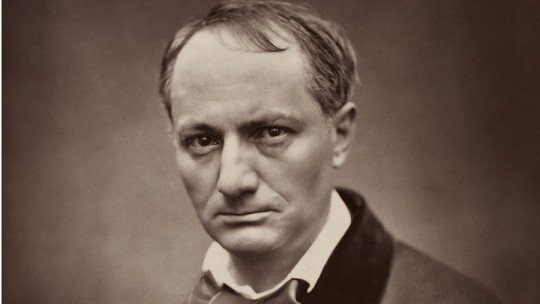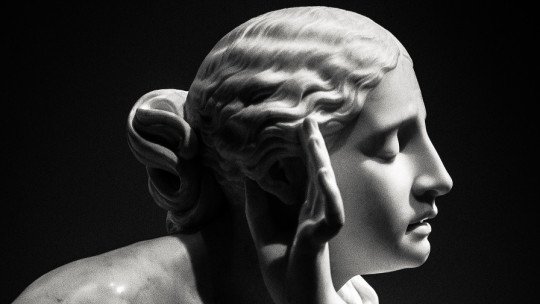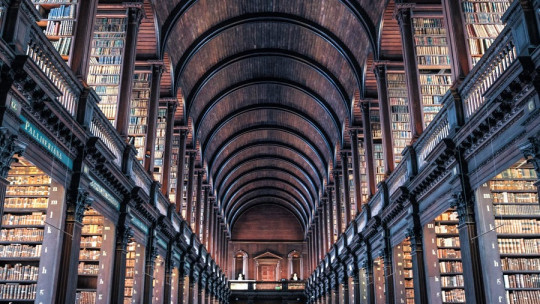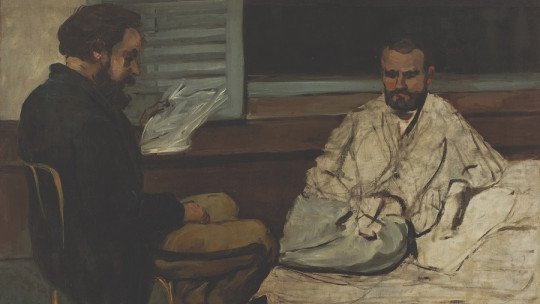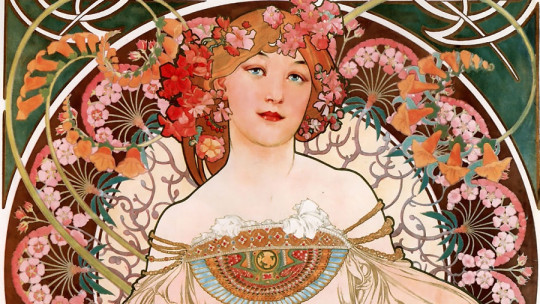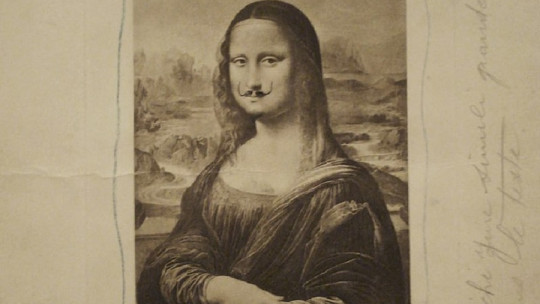In reality, if we say that post-romanticism was one of the most influential currents, it is because it is made up of various movements that were very important for the development of European art, especially in literature. However, we must be very careful with the nomenclature, since, similar to what happens with many “isms”, post-romanticism It is, in reality, a “catch-all” into which movements with very different characteristics have been thrown.
In today’s article we are going to briefly examine what this artistic movement consists of and who its most important authors are.
What was post-romanticism?
As we have commented in the introduction, the name “post-romanticism” encompasses a series of aesthetic currents that emerged from the mid-19th century ; precisely, when the romantic current took its last breaths. Therefore, it is plausible to speak of “post-romanticism” if we refer to the movements that emerged chronologically after Romanticism.
However, when analyzing the characteristics of these movements, we find serious contradictions, which we analyze in the following section.
The contradictions of the characteristics of post-romanticism
Why do we talk about contradictions when we refer to the “post-romantic current”? Precisely because of what we have talked about previously, an aspect on which we must insist: it is a somewhat “artificial” name (as is, for example, that of “pre-Romanesque”) that serves as a catch-all for locating a countless currents in which common characteristics have been sought.
Among the characteristics that these “post-romantic” currents supposedly share is, for example, the attempt to reconcile previous romanticism with nascent realism Let us remember that, in the 1850s (when Parnassianism, one of the post-romantic movements, began to triumph in France) the type of language that triumphed in literature was realist, from the hands of authors such as Gustave Flaubert (1821-1880), whose masterpiece, Madame Bovary (1856), laid the foundations of realistic precepts, in addition to being a real scandal due to the topic discussed (female adultery). Despite this, Flaubert is considered in many sources as a post-romantic author.

It is more plausible to include Charles Baudelaire (1821-1867) in the post-romantic movement, since The “cursed poet” par excellence takes advantage of the romantic intimacy of the subjective self to make, in turn, a denunciation of Parisian society of the time. Baudelaire also corresponds to another of the characteristics of post-romanticism, that of the “solitary and tormented” writer who drowns in drugs and alcohol, but who, however, was also typical of the “canonical” romantics of the early 19th century..
On the other hand, the cultivation of supernatural environments full of mysteries (another characteristic attributed to post-romanticism) had already been done by the great master of the Gothic story, Edgar Allan Poe (1809-1849), before the 1840s, Although it is true that this type of literature acquired an impressive boom at the end of the 19th century, with authors such as Robert Louis Stevenson (1850-1894), HP Lovecraft (1890-1937) or Guy de Maupassant (1850-1893). We see it below.
The survival of the terrible and mysterious
Truly, The rise of this type of stories occurred in the 1880s despite the fact that, as we have already pointed out, its origins are found in the Gothic stories of early Romanticism. The Horlaby Maupassant, published in 1887, is a chilling story that speaks of madness and darkness of the soul, indispensable elements of any movement ascribed to Romanticism or any of its variants.
For his part, Stevenson became famous throughout the world with his novel The Strange Case of Doctor Jekyll and Mr. Hyde (1886), a fable that delves into the recesses of the human psyche and where the nature of Good and Evil is questioned. On the other hand, HP Lovecraft (1890-1937) is one of the main references of the post-romantic Gothic story in the United States with titles as lurid and cryptic as In the mountains of madness (1931), whose title is sufficiently explicit, or The Call of Cthulhu (1926), which had a real echo in the pulp magazines that were successful at the time.
Can we consider, then, a characteristic of post-romantic authors the story with supernatural elements? Yes, indeed, but this type of literature already existed at the end of the 18th century. Let us remember that one of the first “Gothic” stories, Otranto Castleby Horace Walpole, was published in no less than 1764, so, Although the rugged is typical of the post-romantic writers of the late 19th century, it was also typical of the authors of the beginning of Romanticism
An extension of the romantic movement?
Perhaps we could consider, as some scholars maintain, that post-romanticism is nothing more than a kind of “turn of the screw” on the preceding romantic movement. In this case, the authors linked to post-romantic currents would follow the romantic aesthetic, but taking it further and giving it a new dimension.
One of the characteristics that have been attributed to post-romanticism is a greater social complaint than his predecessors And, although we cannot deny that this is true in some authors (especially if we consider Flaubert as post-romantic), in others, the statement incurs, once again, a contradiction. Why include Parnassianism in a supposedly “critical” post-romanticism, when the only thing this current wanted was to exalt beauty, that is, “art for art’s sake”?
In the same way, other movements traditionally included within post-romanticism “squeak” forcefully in the classification. Is modernism a post-romantic movement? If we consider that it collects many ideas from Romanticism, of course it does. But if we stick to the characteristic of “social denunciation”, we will come face to face with nonsense.
Alphonse Mucha (1860-1939), one of the standard bearers of Art Noveau, left us quite disturbing works in his last stage and very untypical of the aesthetics to which we are accustomed. It was a series of social denunciations of hunger and the poor childhood education of the newborn Czechoslovakia. However, it is precisely these latter works that are least inspired by modernism and depart considerably from its aesthetics.
Post-romantic authors?
In the bag of post-romanticism, authors of evident romantic origin have been placed, such as the Spanish Gustavo Adolfo Bécquer (1836-1870). Because, although it is true that the writer composed his work in years when Romanticism had already ceased to be in vogue, his poetry and his texts have an indisputably romantic character. And “canonical” romantic, we mean.
Their Rhymes and Legends They cannot in any way be separated from the Romanticism of previous decades. The only sense of inscribing Bécquer in the post-romantic current, in our opinion, is its late chronology: his work saw the light when, in France, realistic novels, such as the one already mentioned, were beginning to become all the rage. Madame Bovary.
For all this, we must insist on the danger that comes with getting carried away by labels. Artistic movements are too complex to fit into generic names. So, if we ask ourselves if a post-romantic movement actually existed, we must answer that there were, in fact, a few.

